
For many diabetics, life revolves around food. It’s a delicate balance to get the right amount of carbohydrates, protein, and healthy fats, as well as the vitamins, minerals, enzymes, and other compounds needed to metabolize everything properly.
The best foods for diabetes provide those nutrients, and some even lower blood sugar levels or reduce insulin resistance. If you’ve just been diagnosed with pre-diabetes or type 2 diabetes, having a list like the following one on hand is a great strategy for learning to eat differently. These foods can easily be worked into nutrient-dense diabetic meals that are as delicious as they are nutritious.
Yummy Diabetes-Friendly Foods
Cinnamon
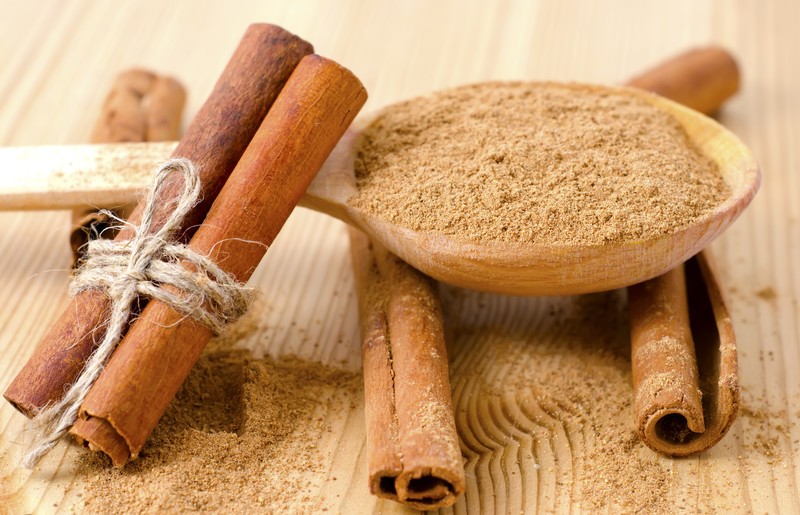
Cinnamon has been shown to help lower blood sugar levels and reduce insulin resistance. This food comes from the inner bark of the Cinnamomum tree. There are two types of cinnamon: Ceylon, and Cassia, which is less expensive than Ceylon.
Some studies show that it can reduce overall blood sugar levels over the course of about 40 days in people who take 1-6 grams daily. One gram of cinnamon is about half a teaspoon.
To get more cinnamon in your diet, consider adding half a teaspoon to a cup of hot chocolate or mix it in a half-cup serving of applesauce. Cinnamon capsules are available, too. Cinnamon can also be swirled into keto bread. One nice thing about cinnamon is that it doesn’t interfere with the diabetes medicine Metformin.
Avocado
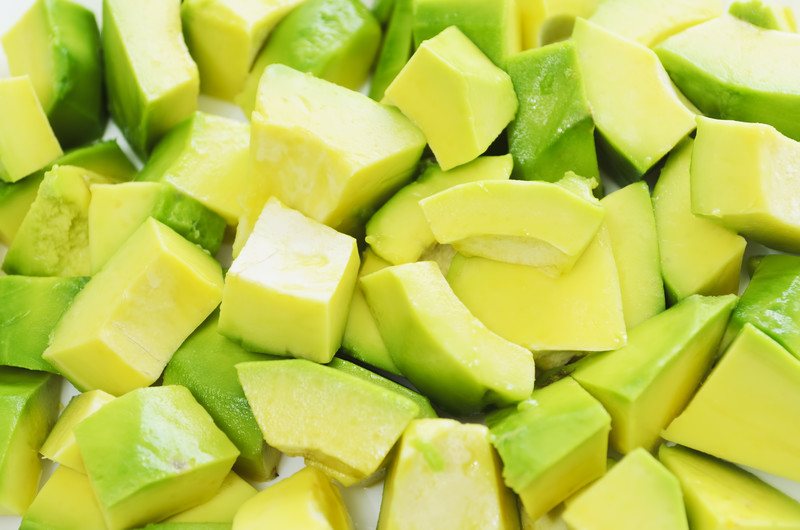
While avocados don’t work specifically to bring down blood sugar or lower insulin resistance, they do have several health benefits that benefit people with diabetes. They’re low in carbs, so eating them doesn’t spike insulin, but they’re also high in fiber. High fiber has been shown to lower fasting blood glucose levels.
Avocados are also packed with healthy fats. This can help lower the risk of heart attack, stroke, and similar heart disease complications in diabetics. The healthy fats can also keep people full longer, which could allow them to lose weight. Insulin sensitivity goes up with even a mild amount of weight loss, so this could be a healthy strategy for people struggling with type 2 diabetes.
Nuts
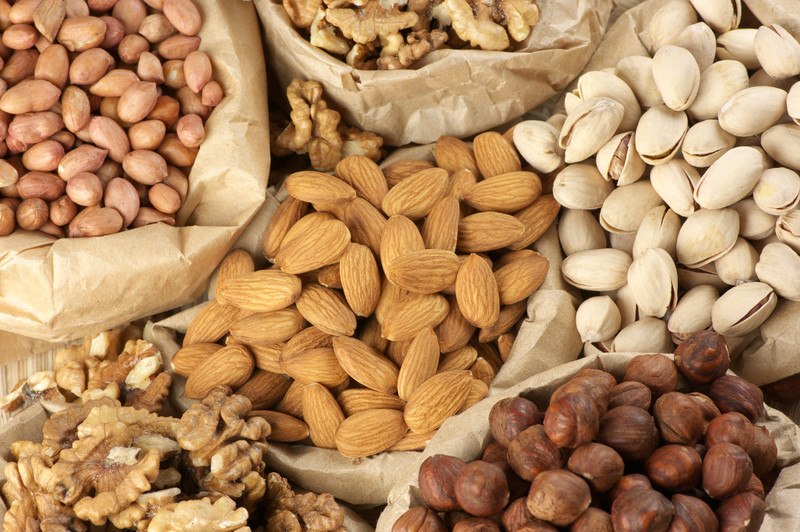
Like avocados, nuts are packed with fiber and healthy fats. Some studies show that eating nuts may help reduce the risk of getting type 2 diabetes.
There are several types of nuts that could help with diabetes. Almonds top the list. They’re high in vitamin E and can help reduce bad cholesterol. They’ve also been shown to slow the spike in blood sugar when they’re eaten with carbohydrate-rich foods.
Walnuts contain healthy omega-3 fatty acids, and cashews are rich in magnesium. Peanuts and pistachios are good choices, too. An ideal serving size is about two ounces. To get the most impact, nuts should be eaten about five times a week.
Apple Cider Vinegar
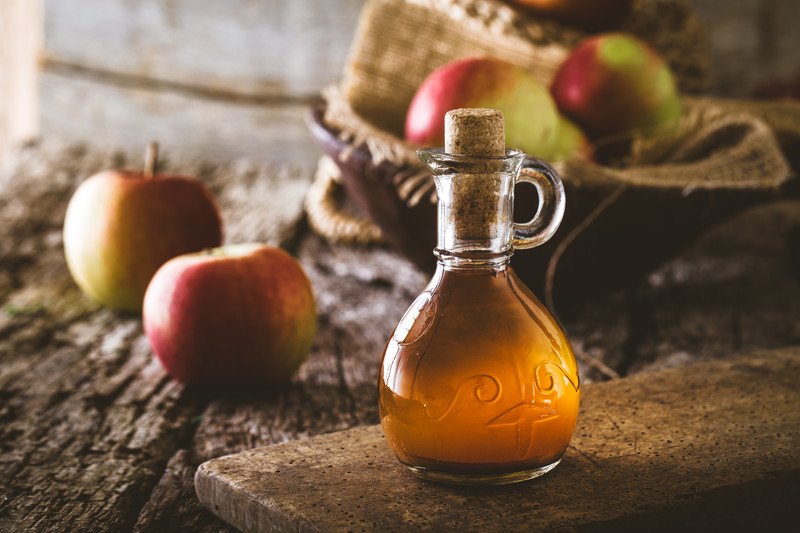
Apple cider vinegar has various health benefits, and several of them are useful for people who want to manage their diabetes. While it doesn’t address some of the problems faced by people with type 1 diabetes, apple cider vinegar has been shown to help reduce high blood sugar. It also helps lower fasting glucose and HbA1c in people with type 2 diabetes.
Apple cider vinegar is also useful for helping insulin work better in the body and lower blood sugar immediately after meals. While it’s not a cure-all and can’t replace diabetes medications, it can be a great supplement to people who are trying to control their diabetic conditions.
Fatty Fish
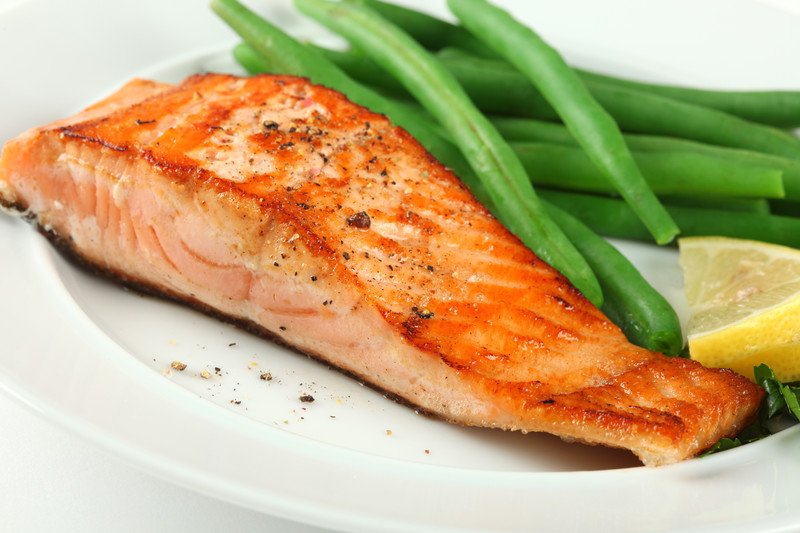
Fatty fish is an important food choice for diabetics mainly because diabetes increases the risk of heart disease and strokes. The omega-3 fatty acids found in fatty fish can help combat that risk. Some studies have also shown that eating fatty fish on a regular basis can help prevent type 2 diabetes. The healthy fats provided by fatty fish can also help improve blood sugar and blood lipids in diabetics.
Fatty fish include sardines, mackerel, anchovies, herring, and salmon. These can be eaten as snacks or as part of well-balanced meals. Some diabetics ay prefer to take fish oil capsules over eating fish itself.
Quinoa
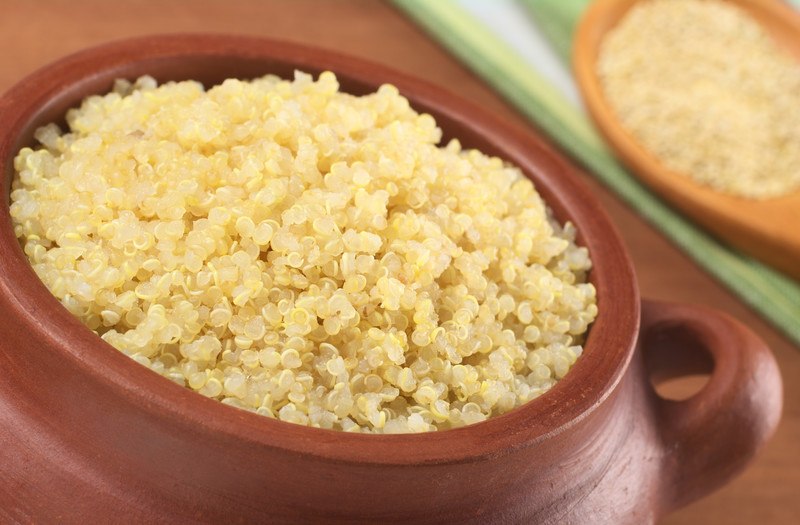
Fiber and protein are essential for keeping blood sugar under control in diabetics, and quinoa offers both. Quinoa is one of the best whole grains for protein because it contains all nine essential amino acids. It’s also rich in magnesium, which impacts insulin sensitivity and lowers blood sugar levels.
Quinoa also contains trace minerals like manganese and phosphorus, significant amounts of vitamin B1, folic acid, and antioxidants.
Quinoa has a glycemic index of 53, which means it turns into sugar inside the body at a much slower rate than many other grains. It does contain carbs, so it can’t be eaten all the time. However, it makes a healthy substitute for diabetics who really enjoy white rice, and it can be used in keto recipes, too.
Beans
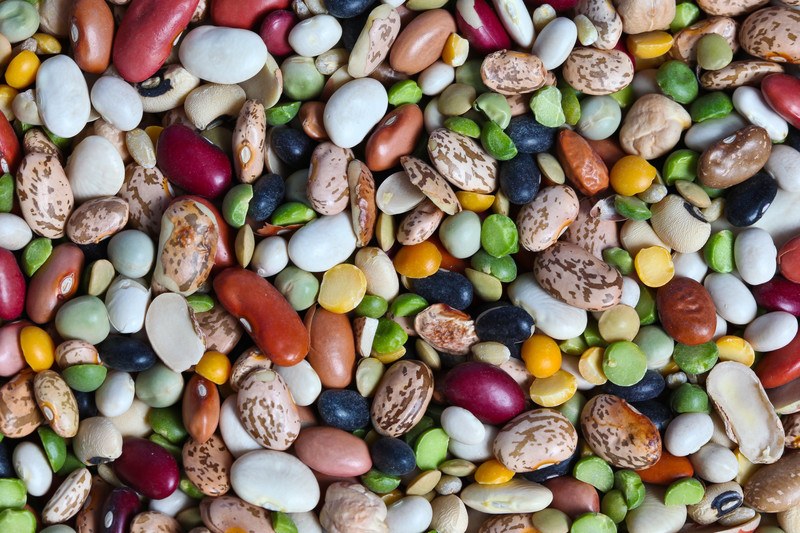
The American Diabetes Association recommends that diabetics beans in their meals several times a week. Although they have significant amounts of carbohydrates, they also have a low glycemic index, so they help control blood sugar better than other high-carbohydrate food.
Beans also have high levels of protein and fiber. One interesting thing about beans is that the fiber they contain is soluble fiber, which contributes to gut health and helps reduce blood sugar.
One serving of beans contains about 80 calories and around 15 grams of carbohydrates. This amounts to about a third to a half cup of beans. Because of their high protein levels, they can be eaten as meat substitutes. They can also be added to salads and side dishes or mixed into casseroles.
Oatmeal
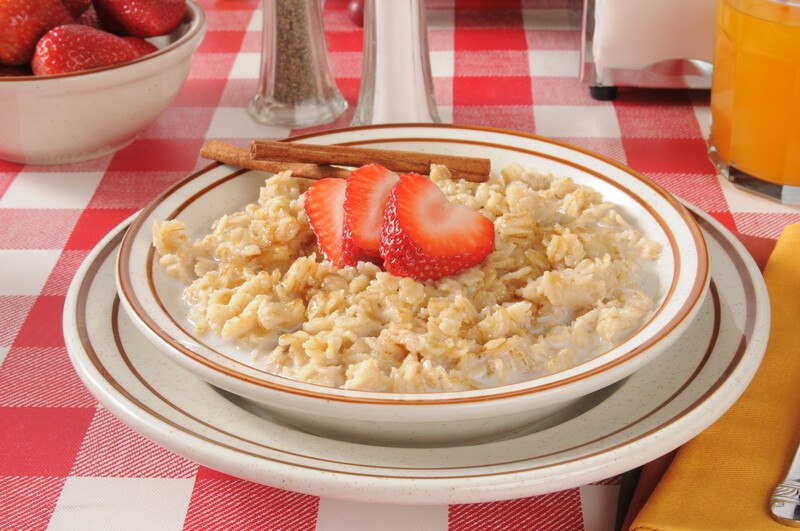
Like beans, oatmeal has a relatively high amount of soluble fiber and a decently low rating on the glycemic index. However, the glycemic rating is at least partially dependent on how they’re processed. Steel-cut oats, which are the least processed, have a lower glycemic index rating than rolled oats, and rolled oats are lower on the glycemic index than instant oatmeal is.
One serving size of oatmeal is about half a cup of cooked oatmeal, which contains around 15 grams of carbohydrates. Aside from eating your oatmeal with milk and some sliced fruits, you can also use oatmeal for healthy homemade gluten-free cookies.
Besides the soluble fiber, oatmeal helps control inflammation, decreases cholesterol, helps prevent heart disease, and provides several essential minerals, including calcium and magnesium.
Eggs
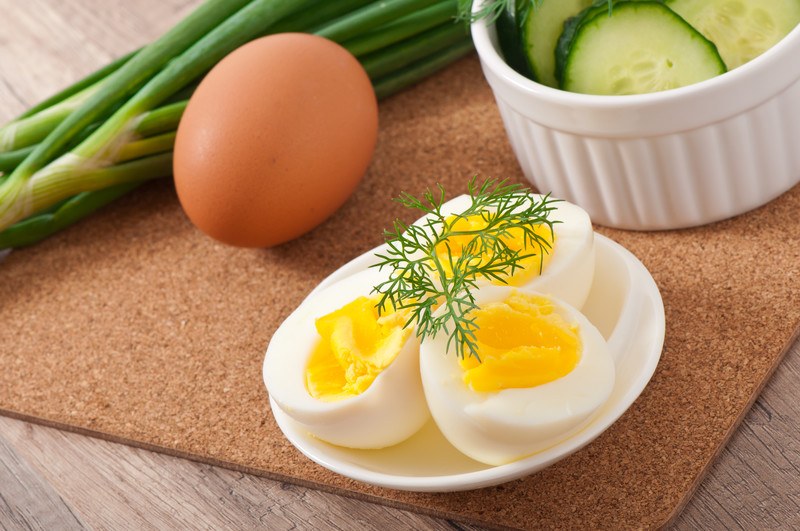
Eggs are a nutrient-dense food. Egg whites are packed with protein, while egg yolks contain healthy fats. They are a great source of fat-soluble vitamins like vitamin A, D, K, and E. Eggs are also rich in vitamin B12, antioxidants, and minerals. However, each egg contains only about half a gram of carbohydrates, so they don’t spike insulin as easily as some other foods do.
People with type 2 diabetes can safely consume two eggs per day, up to six days per week. Eating just one egg a day has been proven to reduce fasting blood glucose and improve insulin sensitivity.
Leafy Green Veggies
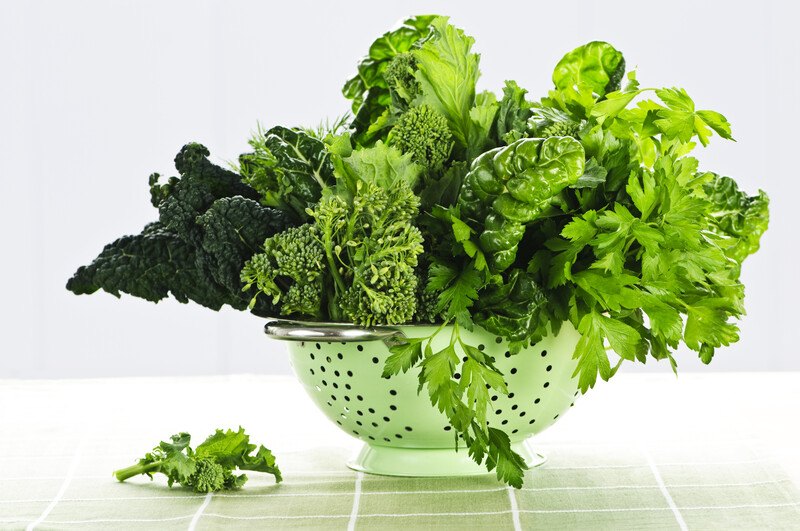
Green leafy vegetables are a great food choice whether you face health challenges or not. They’re low in calories but high in vitamins, minerals, and antioxidants. Where diabetes is concerned, the antioxidants and enzymes for breaking down starches are especially helpful.
There are several types of green leafy vegetables to try, so people who don’t like one variety can keep trying other foods until they find a choice they like. These include spinach, kale, broccoli, cabbage, collard greens, bok choy, and more.
Combining green leafy vegetables with other diabetes-friendly food choices can be a fun and fulfilling activity. For example, diabetics might enjoy a meal containing both salmon and broccoli or maybe a spinach salad with kidney beans tossed in. Frankly, there are so many ways for you to enjoy leafy greens and incorporate them into your diet.
Chia Seeds
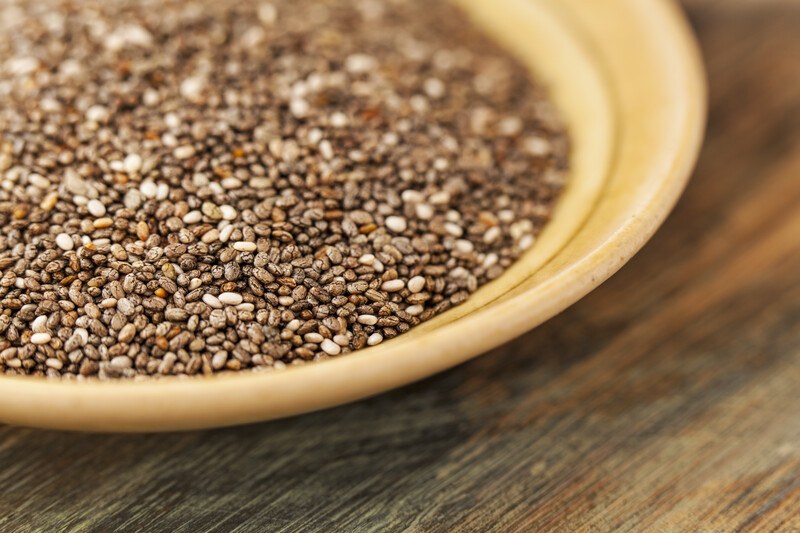
Chia seeds are high in fiber, so they have the potential to lower blood sugars and help improve insulin resistance. A lot of the fiber is soluble fiber, which can give a sense of fulness and help people lose weight so that they become more sensitive to insulin.
Chia seeds are a good source of magnesium, phosphorous, and calcium. They also help reduce inflammation, so they’re great for combatting heart disease and cancer. One ounce of chia seeds has 12 grams of carbohydrates.
Chia seeds are the seeds from a flowering mint family, and they’re native to Mexico. They’re great for using in smoothies and healthy desserts.
Garlic
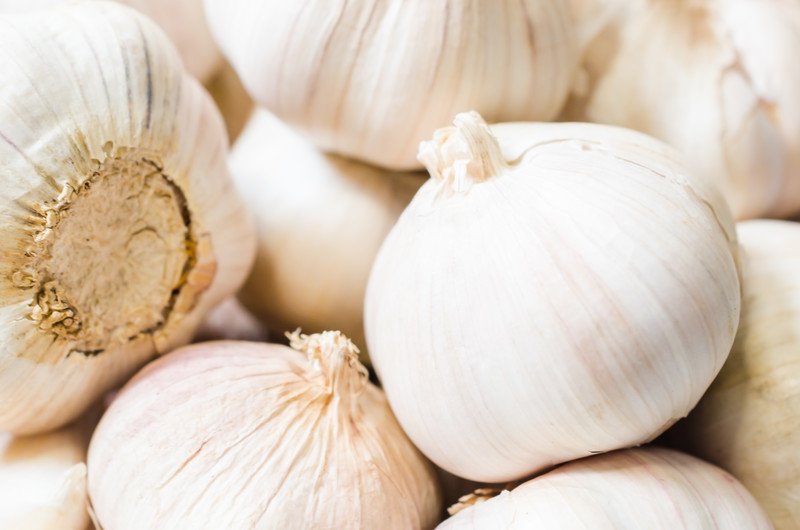
Regular consumption of garlic may help reduce blood sugar levels. Garlic is also a wonderful food for helping combat high blood pressure, high cholesterol, and atherosclerosis-related inflammation. Nutrients found in garlic include vitamin B6, which is important for metabolism, and vitamin C, which may play a role in maintaining blood sugar levels.
Diabetics who like the taste of garlic can add it to spaghetti sauce, salad dressings, or as a flavoring when it’s sauteed with meats, beans, or eggs. People who don’t like the taste of garlic or its lingering effect on the breath might prefer to take garlic capsule supplements.
Yogurt
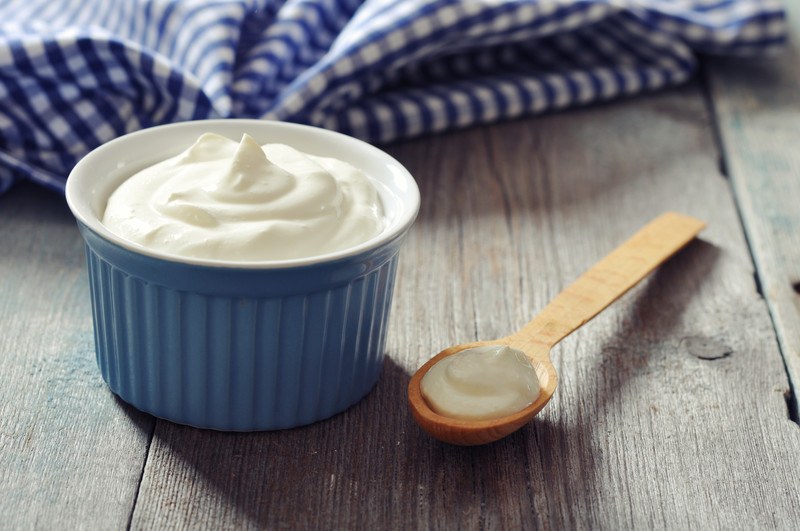
Yogurt can be a great creamy treat for diabetics because it’s a well-rounded food containing protein, carbohydrates, and fats. Greek yogurt and Icelandic yogurt are the best bets because they don’t contain as many added sugars as some yogurts do. A good rule of thumb is to keep yogurt snacks to around 100 calories.
One reason yogurt is so good for diabetics is that it contains probiotics, which help improve gut health. People with type 2 diabetes who eat yogurt regularly may also enjoy lower blood sugar, lower cholesterol, and lower blood pressure.
Sweet Potatoes And Yams
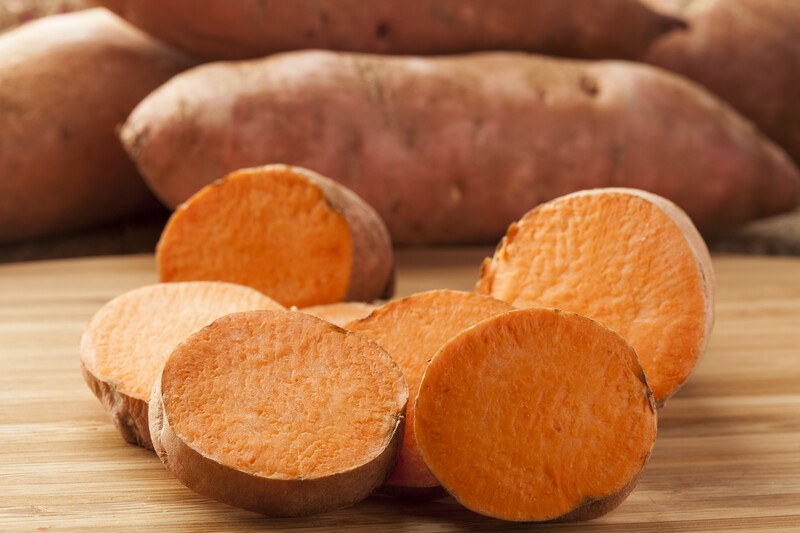
Sweet potatoes are lower on the glycemic index than white potatoes are and they contain a lot more fiber. They’re also anti-inflammatory, and they contain antioxidants that help combat heart disease.
One interesting thing about sweet potatoes is that they’re high in vitamin A. This vitamin has the potential to improve beta cell functioning in the pancreas, which could make it helpful for both type 1 and type 2 diabetes.
Sweet potatoes are a versatile food. Besides making a great side dish, they can be tossed into salads, blended into smoothies, and mixed into healthy soups.
Cruciferous Vegetables
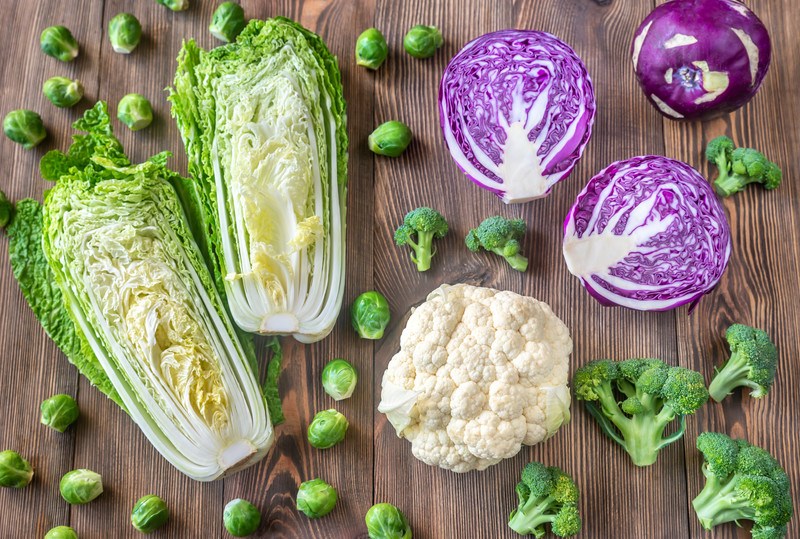
Cruciferous vegetables include kale, broccoli, cauliflower, cabbage, brussels sprouts, and bok choy. They contain high levels of phytonutrients and antioxidants, including a compound called sulforaphane.
Sulforaphane from broccoli sprouts has been studied as a way to help lower blood glucose in people with type 2 diabetes. So far, it’s been shown to be very effective. It’s also helpful for preventing cancer and maintaining a healthy liver.
Three Easy Tips For Making Diabetic Meals
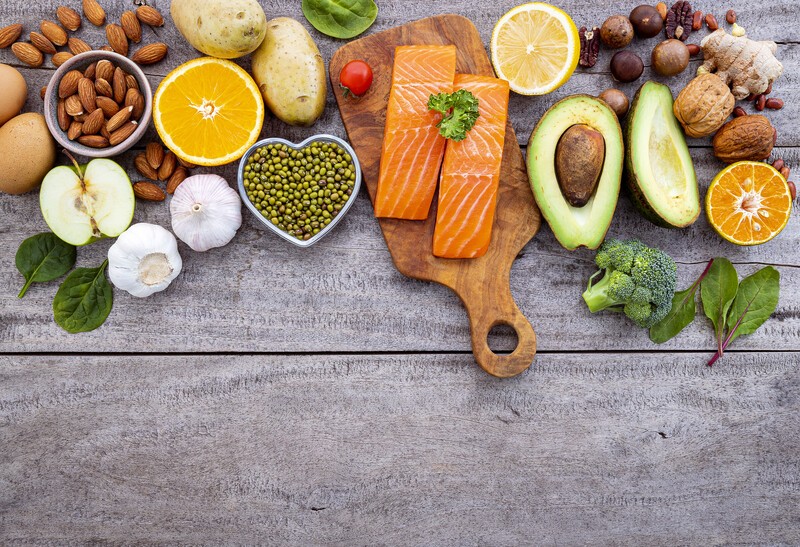
Now that you’ve read through the list of the 15 best foods for diabetes, it’s time to get creative and plan some meals. Here are some simple, easy ideas to try.
TIP NUMBER ONE: Mix your own salad dressings. Apple cider vinegar and garlic from the list above can be blended with olive oil for a quick salad dressing. When you use it on kidney beans or leafy green salads, you get the extra oomph from those foods, too.
TIP NUMBER TWO: Work the many vegetable choices into as many main dishes and side dishes as possible. For example, you can use riced cauliflower and mashed sweet potatoes as a side dish, with cabbage rolls as a main course.
TIP NUMBER THREE: Mix it up with smoothies. You can add mashed sweet potatoes and cinnamon to smoothies for a warm harvest taste, or blend kale and chia seeds for a healthy green drink.
Related Content
- Related: Best Gluten Free Fast Food
- Related: Best Breakfast Foods For Diabetics


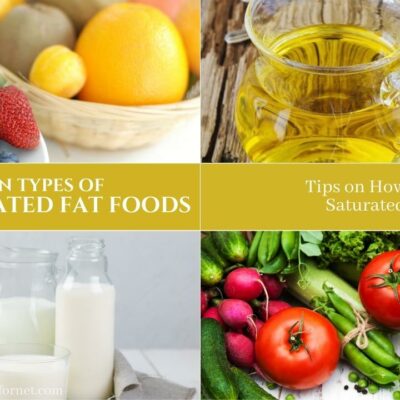


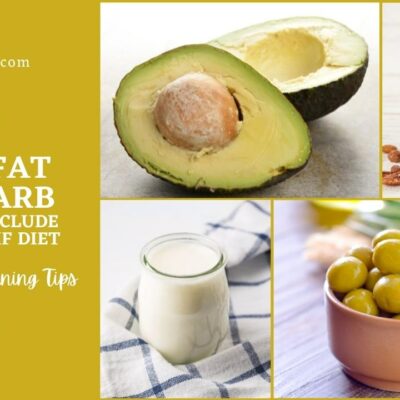
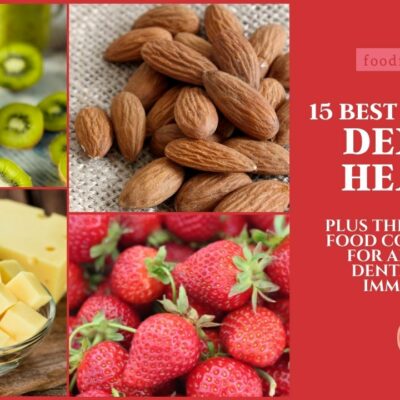









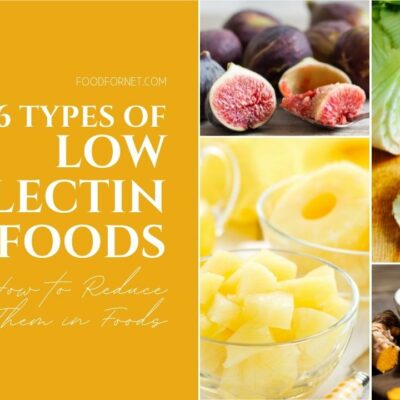
 The Best Rum For Mai Tais
The Best Rum For Mai Tais
Leave a Reply